At the north west corner of Portman Square, where it meets the southern end of Gloucester Place are three 18th Century town houses, which have been converted into a luxurious private members club.
The Home House Club (pronounced "hume", after the Scottish / Berwickshire aristocratic clan, to whom at least one British Prime Minister Sir Alec Douglas-Home was a related) occupies Numbers 21, 20 and 19 Portman Square. The entrance to Number 21 is on the western, Gloucester Place side of the block, and Numbers 20 and 19 are on the main Portman Square façade.
This real life club, may have influenced the fragment of cyberpunk literary author William Gibson's next novel, mentioning as it does the character of Inchmale, who appeared in Spook Country
See some discussion on the official William Gibson board discussion forum
Inchmale's club in Portman Square, which speculates on a fragment of text (which may, or may not actually end up in a novel) released by the author on his blog on 1st January 2009.
CABINET (HAPPY NEW YEAR) posted 12:09 AMInchmale's club, in Portman Square, was called Cabinet. It was a peculiarly narrow place, apparently occupying half of the vertical volume of a townhouse whose expensively forgettable façade reminded her of a sleeping face.
[...]
Apart from a futuristic architect designed House bar at Number 21,
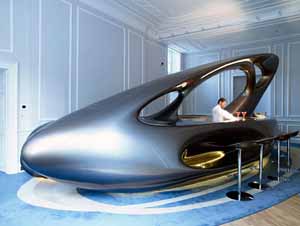
the interior decoration evokes 18th Century aristocratic opulence, including
Named after a former resident of House No 20 who had an apartment here after the Second World War during his tenure as Master of the Queen's Art Collection.
[...]

This blurb conveniently forgets to mention Anthony Blunt's espionage career as a KGB spook, linked to the notorious Philby, Maclean and Burgess spy scandals, which rocked the British intelligence services in the 1950s and 1960s, and which was covered up by the establishment for many years, and which led to the stripping of his knighthood, when it was eventually made public. The treachery of the Cambridge Five spy ring has been hugely influential on British spy fiction, drama, tv and films.
Latitude: N51:30:59 (51.516433)
Longitude: W0:09:24 (-0.156541)
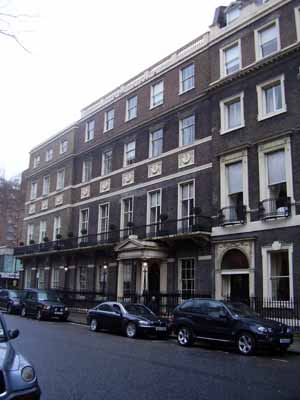
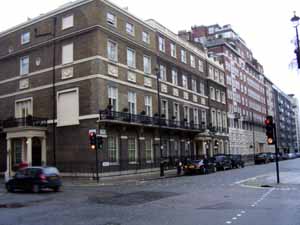
More images of 21, 20, 19 Portman Square:
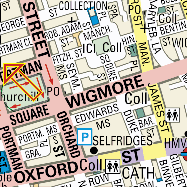
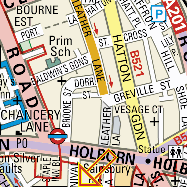

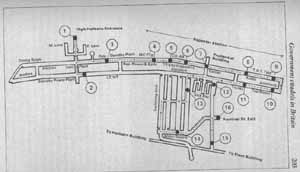
Recent Comments